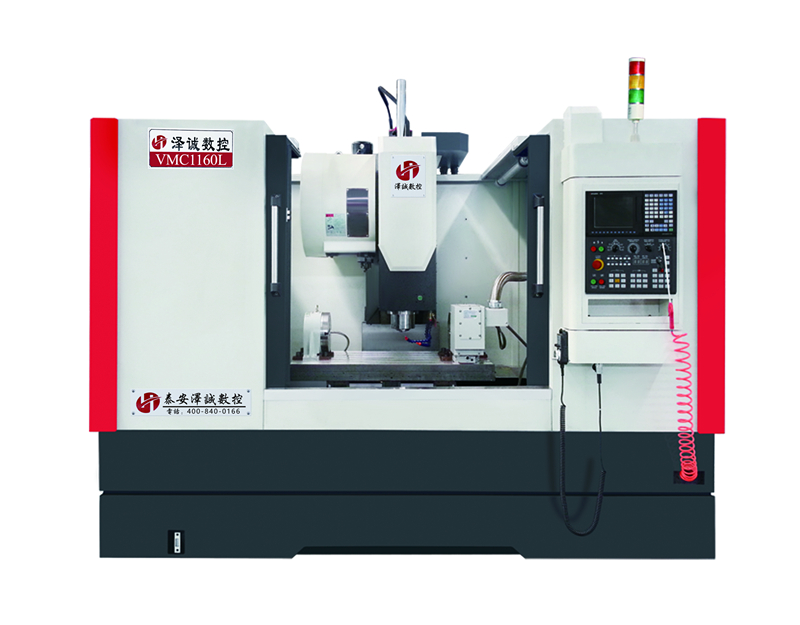CNC machine tool is an automated machine tool that integrates new technological achievements in various fields such as computer technology, automation technology, servo drive, measurement, and machinery. It is an emerging industrial control technology. Due to its good economic performance and high production efficiency, it is becoming increasingly important in production. In order to improve the utilization rate of machine tools and the effectiveness of the system, this article discusses the general methods for troubleshooting and maintenance of CNC systems based on work practice.
1、 By observing various abnormal phenomena such as light, sound, and smell during the occurrence of a malfunction, the intuitive method carefully examines various parts of the system and narrows the scope of the malfunction to a single module or printed circuit board.
Example 1: During the machining process of a CNC machine tool, a sudden shutdown occurs.
Opening the CNC cabinet, it was found that the main circuit was short circuited and tripped. After careful observation, it was found that the outer skin of the Y-axis motor power line was scratched by a hard object, and the damaged area hit the machine tool shell, causing the circuit breaker to trip. After replacing the Y-axis power line, the circuit breaker was closed and the machine tool was restored.
2、 Self diagnostic functional method
The self diagnosis function of CNC systems has become an important indicator for measuring the performance characteristics of CNC systems. The self diagnosis function of CNC systems constantly monitors the working status of the CNC system. Once an abnormal situation occurs, immediately displaying an alarm message on the CRT or using a diode to indicate the cause of the fault is an effective method in maintenance.
Example 2: In a vertical machining center, the fault displays "Y03 servo amplifier not installed", indicating that the components related to the servo amplifier are not properly connected or damaged. After inspection, the cause of the fault is that the feedback plug of the X-axis is loose, which is equivalent to the motor not being connected to the servo unit. Therefore, the above fault occurred as soon as the machine was started.
3、 Functional program testing method
The function program testing method is to compile the common functions and special functions of the NC system into a function test program by manual programming or Automatic programming, send it to the NC system, and then let the NC system run the program, so as to check the accuracy and reliability of the machine tool in performing these functions, and determine the possible cause of the failure.
Example 3: A machining center using the FANUC 6M system experienced crawling during curve machining of the workpiece. Using a self-designed functional testing program, the machine tool was able to smoothly complete various predetermined actions, indicating that the CNC system was working normally. Therefore, a check was conducted on the curve machining program used, and it was found that the G61 instruction was used during programming, meaning that the machine had to stop checking every segment of the machining process, resulting in crawling of the machine tool, After replacing the G61 instruction with the G64 instruction, the crawling phenomenon is eliminated

4、 Exchange method
The so-called exchange method is to use the spare printed circuit board, module, integrated circuit chip or component to replace the doubtful part, so as to minimize the fault range after analyzing the general cause of the fault.
5、 Principle analysis method
According to the principle of CNC composition, analyze the logical levels and characteristic parameters of each point logically, analyze and judge the working principle of each component of the system, and determine the maintenance method for the fault location. The application of this method requires maintenance personnel to have a clear and deep understanding of the working principle of the entire system or each component in order to locate the fault location.
According to the basic principle of position control in the CNC system, it can be determined that the fault occurs on the position loop of the X-axis, and it is likely that the position feedback signal is lost. Once the CNC device provides a command position for the feed rate, the actual position feedback is always zero, and the position error cannot be eliminated, leading to the loss of control of the machine tool feed. After replacing the X-axis encoder, the fault is eliminated.
6、 Parameter check method
When the CNC system fails, the system parameters should be checked in time. The change of system parameters will directly affect the performance of the machine tool, or even make the machine tool unable to work normally. In case of failure, the parameters are usually stored in Bubble memory or kept in CMOS by the battery
In RAM, once external interference or insufficient battery voltage occurs, system parameters may be lost or changed, causing confusion. By checking and adjusting parameters, faults can be eliminated.
In addition, there are some other methods. During maintenance, several methods should be used at the same time according to the fault phenomenon, which can be flexibly used to comprehensively analyze the fault and gradually narrow the fault range to eliminate the fault.





